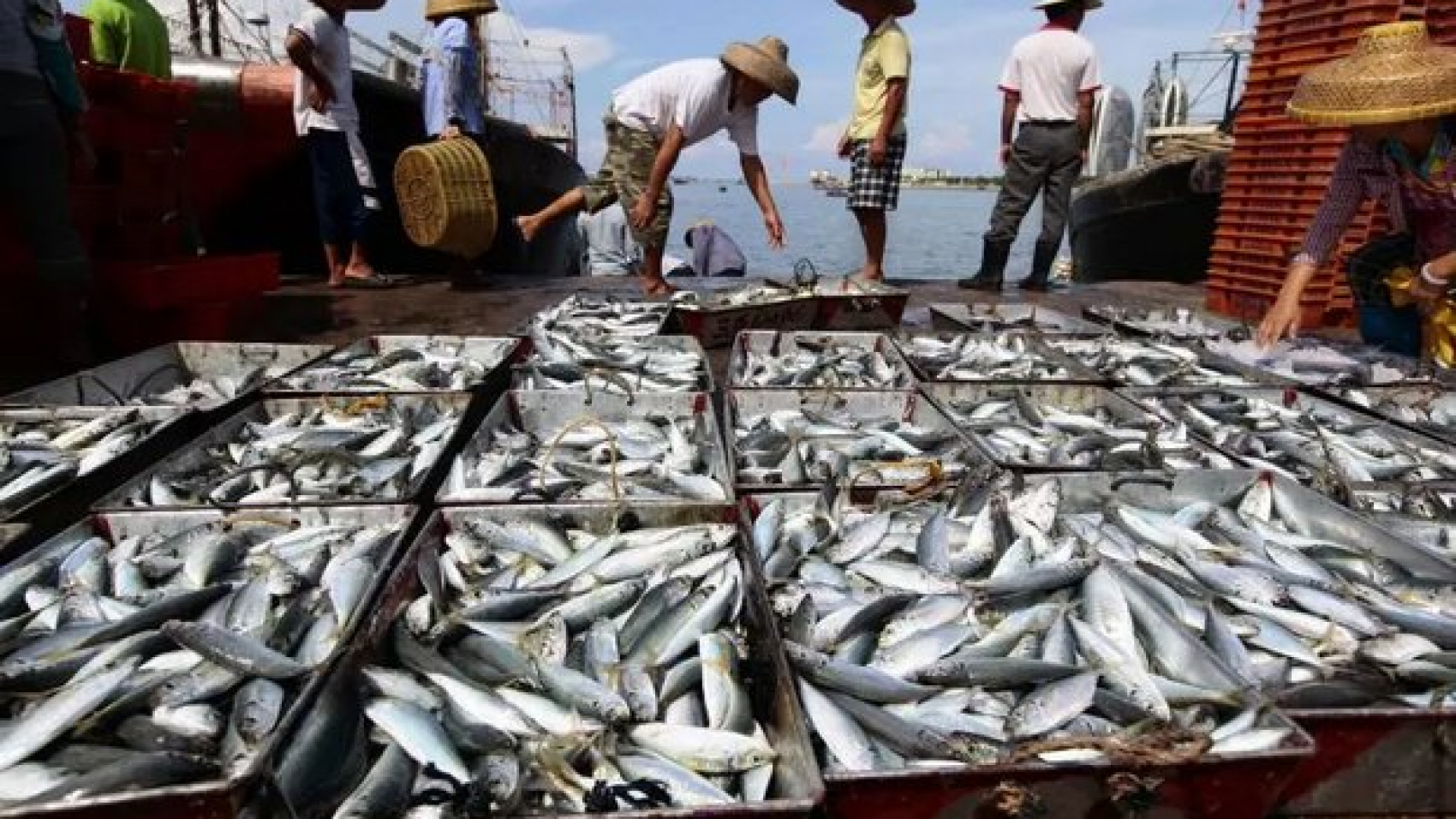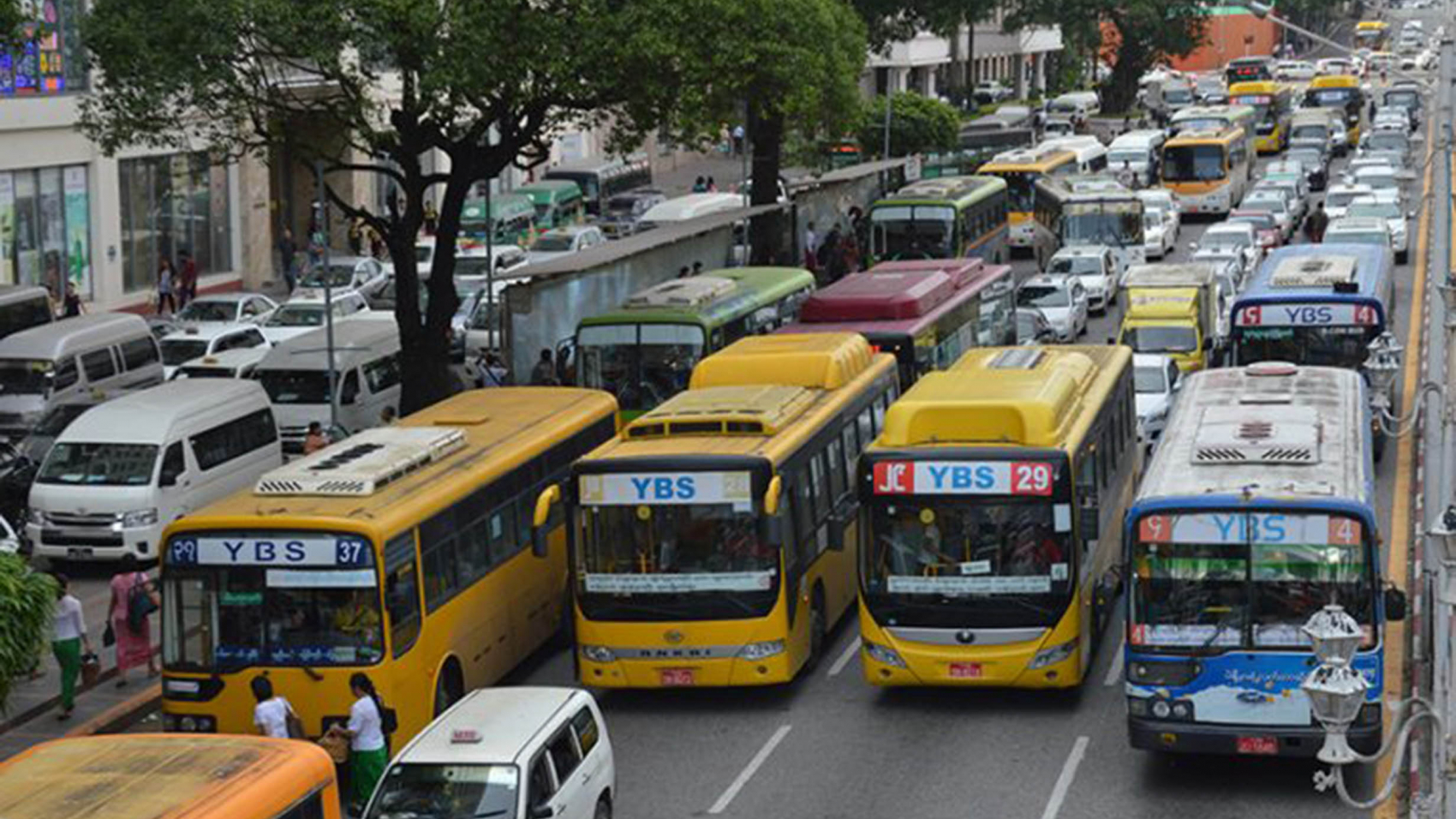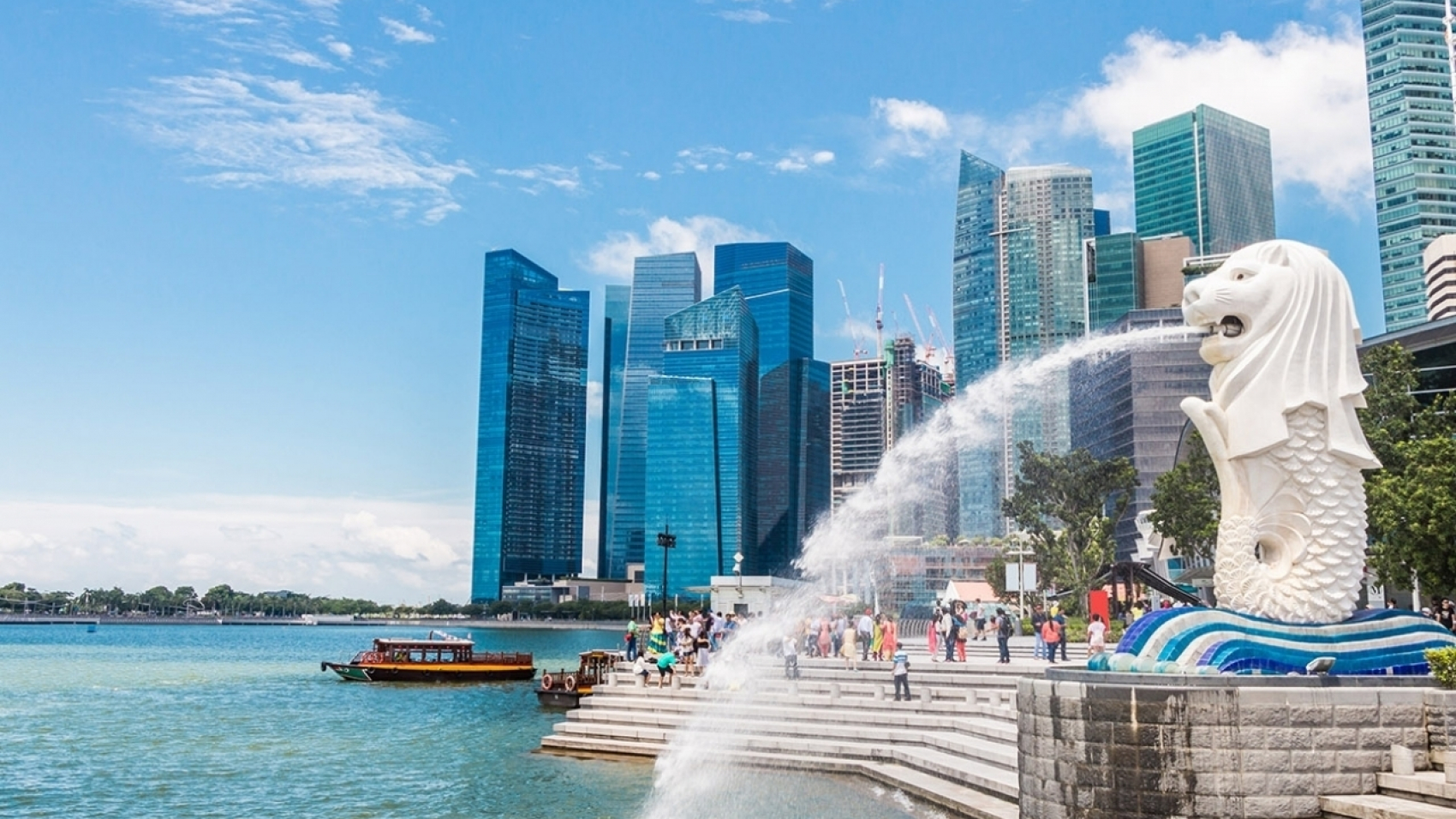Fuel prices continued to spike in recent days and it is stable on the high side, according to the fuel price market. Fuel prices started to spiral on 8 August 2022. Between 13 and 15 August, the prices remained unchanged on the high side. The prevailing fuel prices stood at K2,320 per litre for Octane 92, K2,390 for Octane 95, K2,730 for premium diesel and K2,655 for diesel. The upward spiral of the fuel prices is attributed to the continuous depreciation of the Kyat against the US dollar. Despite the Central Bank of Myanmar’s reference exchange rate of K2,100, a dollar is valued at K2,900 in the grey market.
The Supervisory Committee on Oil Import, Storage and Distribution of Fuel Oil stated that surging fuel price is following an increase in the price index set by Mean of Platts Singapore (MOPS), the pricing basis for many refined products in southeast Asia. The committee is governing the fuel oil storage and distribution sector effectively not to have a shortage of oil in the domestic market and ensuring price stability for energy consumers. Some fuel stations in regions and states are facing short supply and the fuel price skyrocketed.
The Petroleum Products Regulatory Department, under the guidance of the committee, is issuing the daily reference rate for oil to offer a reasonable price to energy consumers. The reference rate in Yangon Region is set on the MOPS’ price assessment, shipping cost, premium insurance, tax, other general cost and health profit per cent. The rates for regions and states other than Yangon are evaluated after adding the transportation cost and the retail reference rates daily cover on the state-run newspapers and are posted on the media and official website and Facebook page of the department on a daily basis starting from 4 May.
As per the statement, 90 per cent of fuel oil in Myanmar is imported, while the remaining 10 per cent is produced locally. The domestic fuel price is highly correlated with international prices. The State is steering the market to mitigate the loss between the importers, sellers and energy consumers. Consequently, the government is trying to distribute the oil at a reasonable price compared to those of regional countries. Some countries levied higher tax rates and hiked oil prices than Myanmar. However, Malaysia’s oil sector receives government subsidies and the prices are about 60 per cent cheaper than that of Myanmar. Every country lays down different patterns of policy to fix the oil prices. Myanmar also poses only a lower tax rate on fuel oil and strives for energy consumers to buy the oil at a cheaper rate.
Source: The Global New Light of Myanmar




